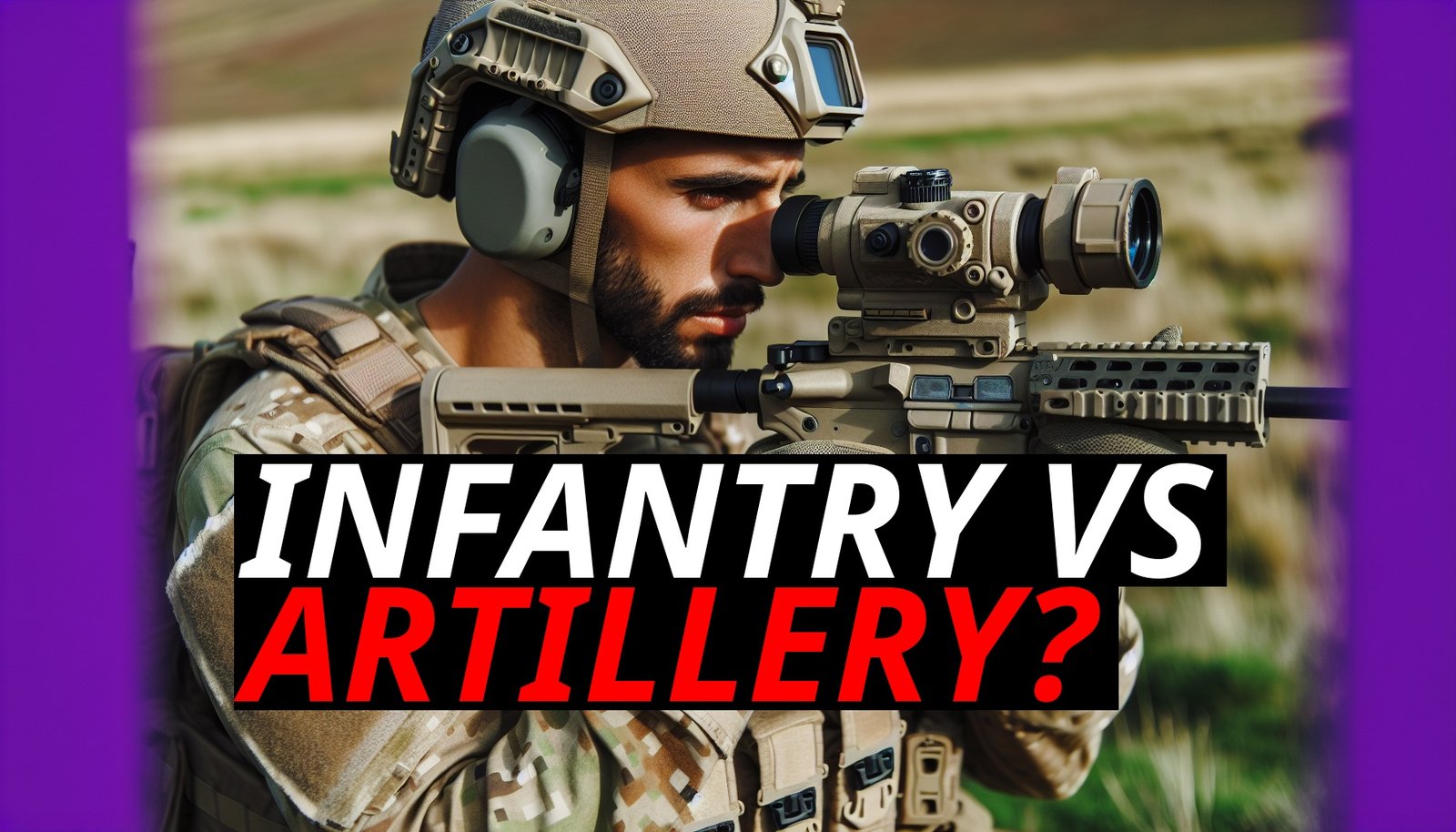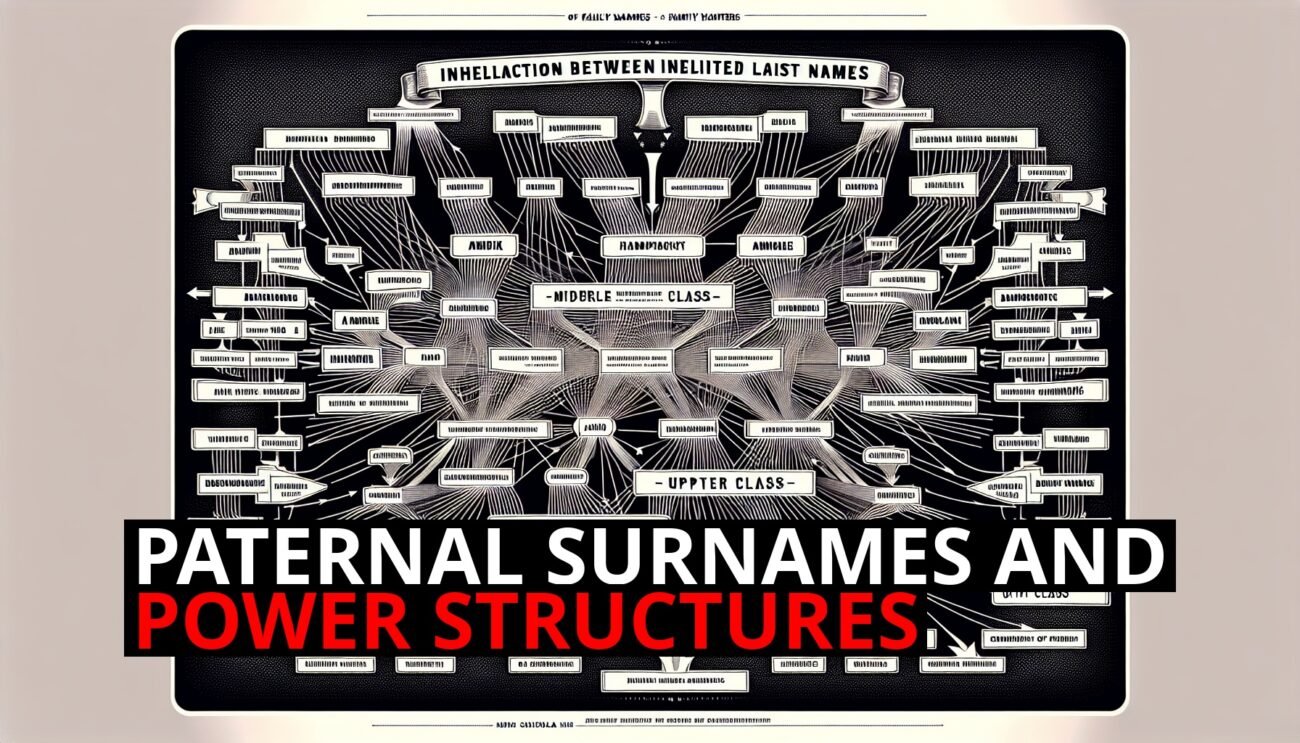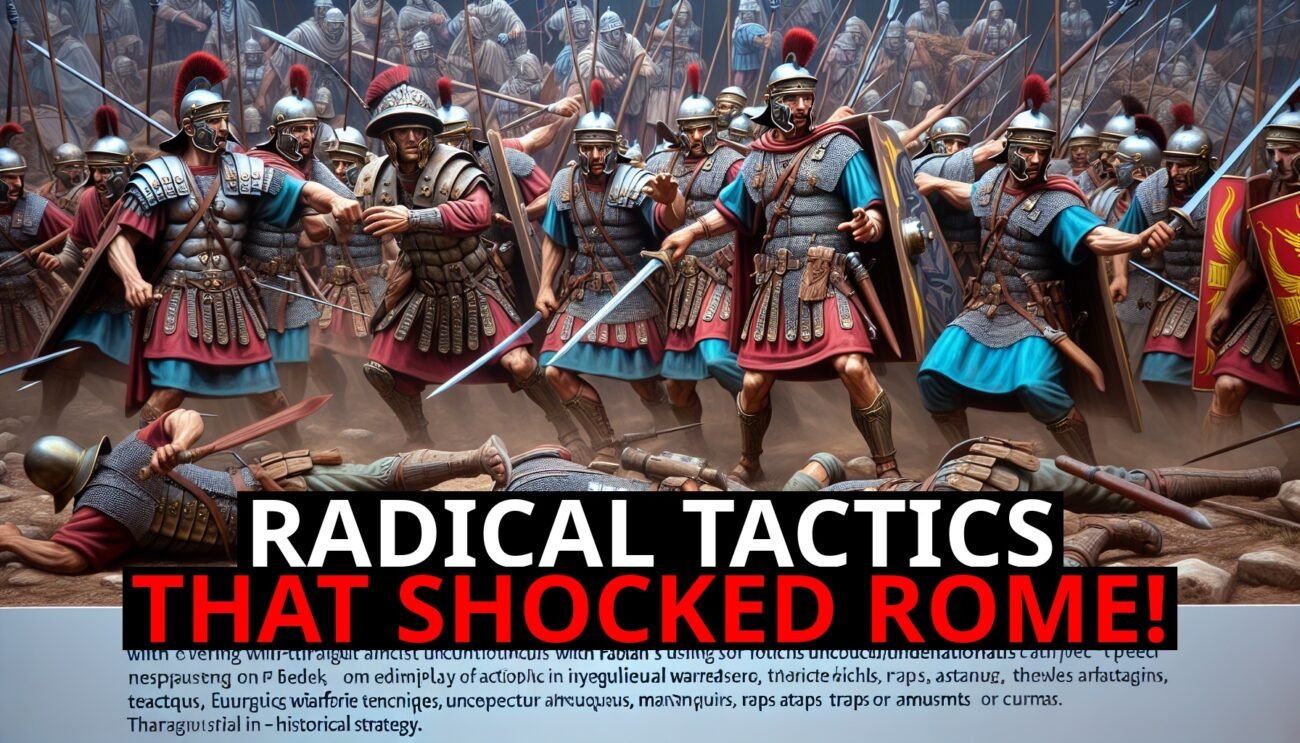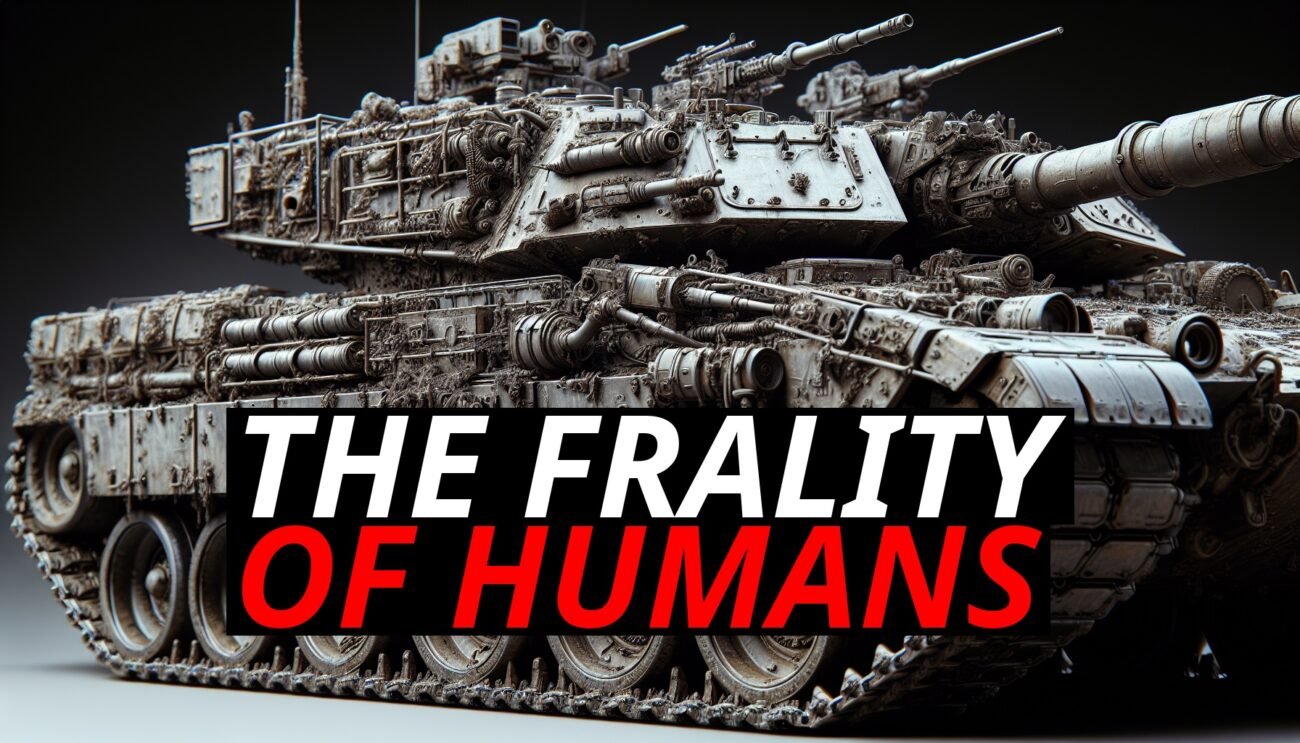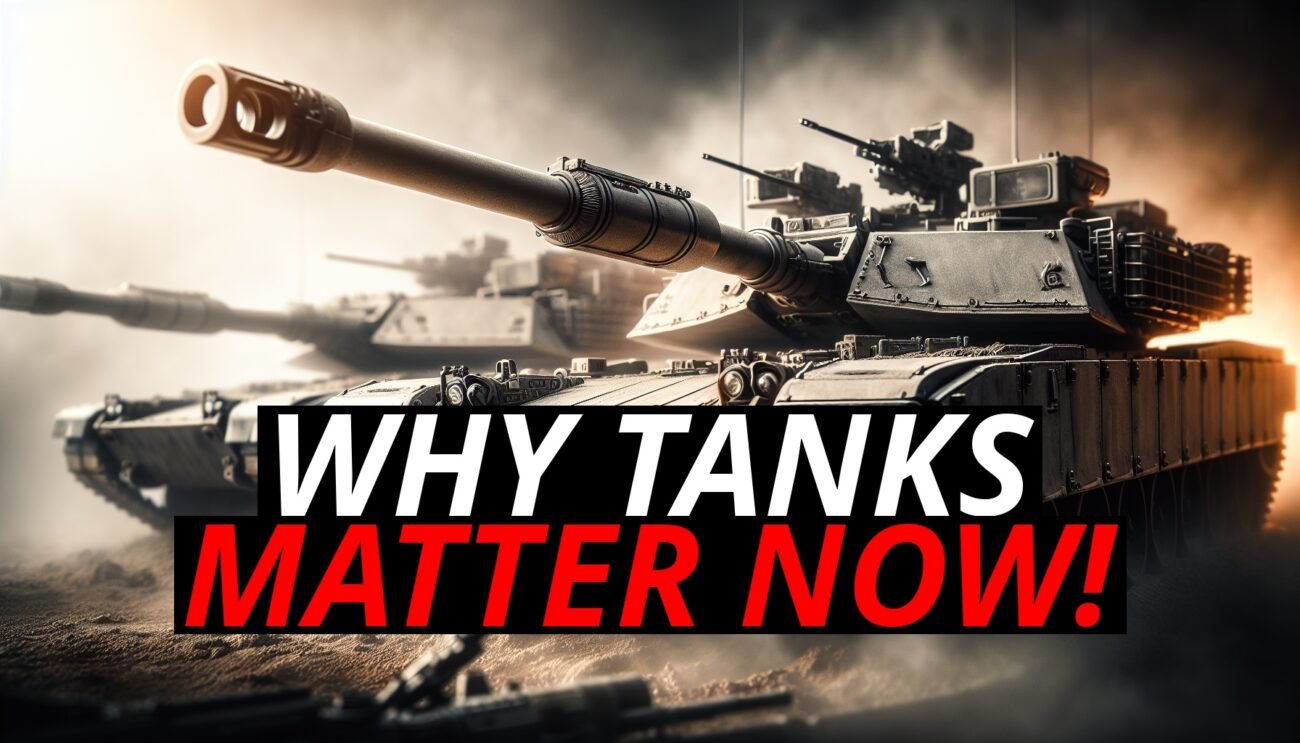The Role Of Infantry Vs. Artillery In Modern Military Strategy
Welcome back to Strategic Warfare. Today, we’re discussing a critical aspect of modern military strategy: the role of infantry and the challenges they face compared to artillery. This topic is crucial for understanding why a shift in focus towards more artillery and less reliance on infantry might be necessary.
Infantry Units: Challenges And Limitations
– Minimal Damage Contribution: Infantry units, while essential for various roles, inflict very little damage overall. Statistics show that less than 20% of battlefield casualties are caused by small arms fire, which includes the heavy machine guns mounted on tanks.
– High Casualties: The vast majority of damage and casualties are inflicted by artillery and mortar fire. This highlights a fundamental problem with infantry: they take a significant number of casualties while contributing minimally to the overall damage inflicted on the enemy.
Artillery: The Primary Damage Dealer
– Destructive Capability: Artillery units can destroy enemy positions from a distance, ensuring that nothing can survive a proper artillery barrage except, perhaps, heavily armored tanks.
– Relative Safety: Unlike infantry, artillery units themselves are not being fired upon when they are delivering their destructive payloads. This means that artillery can inflict most of the damage while remaining relatively safe from enemy fire.
Historical Example: The Korean War
– Artillery Efficiency: During the Korean War, American forces relied heavily on artillery and mortars to inflict overwhelming casualties on Communist forces. Artillery shells were mass-produced on assembly lines and shipped to the front in vast quantities.
– Sustained Barrage: This level of industrial efficiency allowed the Americans to maintain a relentless barrage, causing significant enemy losses at a relatively low cost.
Strategic Advantage Of Artillery
– Fire vs. Target: In warfare, you have targets and you have units that do the firing. You want to be the one doing the firing, not the one being shot at. Artillery allows you to strike from a distance, decimating enemy forces and fortifications without exposing your units to direct fire.
– Reduction in Casualties: The result is a significant reduction in casualties among your own forces.
Need For More Artillery
– Contrast with Infantry: This contrast between infantry and artillery highlights the need for more artillery and less reliance on infantry. Infantry are often on the receiving end of enemy fire, taking heavy casualties without contributing proportionally to the overall damage inflicted.
– Force Preservation: In contrast, artillery can devastate enemy positions from a safe distance, making them far more effective in terms of damage output and force preservation.
Industrial War And Mass Production
– Continuous Supply: Artillery shells are mass-produced on assembly lines and transported in large quantities to the front lines. This industrial approach to warfare ensures a continuous supply of ammunition, enabling sustained bombardments that can wear down enemy forces over time.
– Low-Cost Efficiency: The efficiency of mass-producing artillery shells and shipping them to the front at a low cost demonstrates the power of industrial war.
Conclusion: Prioritizing Artillery Over Infantry
In summary, the problem with infantry is that they inflict minimal damage while taking a significant number of casualties. Artillery, however, can deliver devastating firepower from a distance without being exposed to enemy fire. This strategic difference underscores the need to prioritize artillery over infantry in modern military operations. By focusing on artillery, we can maximize damage to the enemy while minimizing our own casualties.
If you found this discussion insightful, please share this article and leave a comment with your thoughts. Let’s continue exploring the evolving strategies that shape modern battlefields. Stay strategic!

